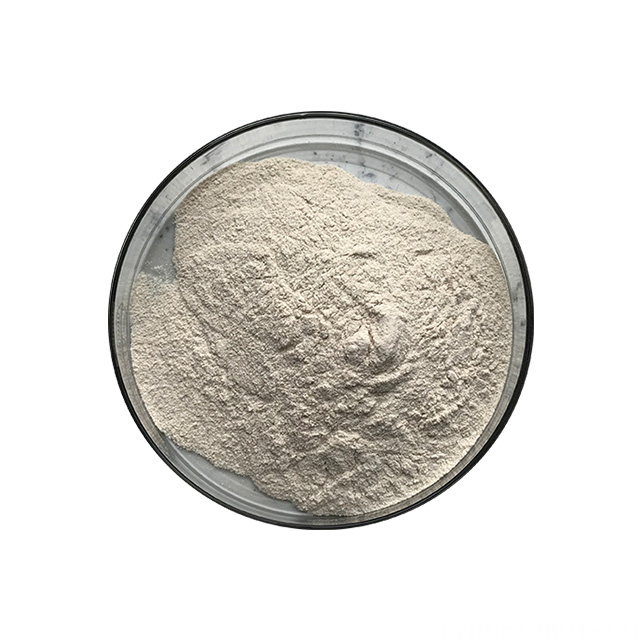Alpha-Amylase is made of Bacillus Subtilis in the Fermentation and extraction method, is widely used in the liquefaction of starch sugar, alcohol, beer, monosodium glutamate, Fermentation industries and textile, printing & dyeing, desizing and etc.
Characteristics:
1. Heat stability: Stable at 60 °C or below;
Optimum operational temperature 60 -70 °C;
Applicable to the liquefaction process up to 90 °C.
2. PH Stability: More stable at PH6.0-7.0;
Optimum operational PH below PH6.0; Seriously inactive in PH5.0
3. Calcium ion concentration effects on activity enzyme: Calcium ion can improve the stability of enzyme activity; Enzyme activity completely lost without Calcium ion.
Properties:
1. Specifications: Solid type: 2000 u/g ~10,000u/g Liquid type:2000 u/ml~5000 u/ml.
2. Definition of enzyme activity: The amount of enzyme needed to hydrolyze 1mg of starch in one hour at pH6.0 and 60 °C.
3. Industrial Standard: QB1805.1-93.
Usage and Reference dosage:
1. Manufacture in Maltose, monosodium glutamate: 6-8 u/g of material.
2. Beer brewing: add 6 u/g of the enzyme and keep at 85-90°C for 30 mins.
3. Textile desizing: 0.2% (2000 u/g) and and keep at 85-90°C for 30 mins. (It is suitable for the material which can not withstand high temperature such as the silk, chemical fiber, woven fabric of cotton, wool and etc.)
4. Other Industries: 6-8 u/g per gram of starch and the concentration of calcium ion is 150ppm.
Function:
Application Area:
1.Beer production
Size mixing in the mash copper,then add Low Temperature α-Amylase,about 0.6U per g raw material,liquefy 30min at 85-90℃.
2.Food industry
Solve the question of starch degradation in food raw material.
Recommended dosage:2-12U per g raw material,or according to the raw material situation or experiment.



